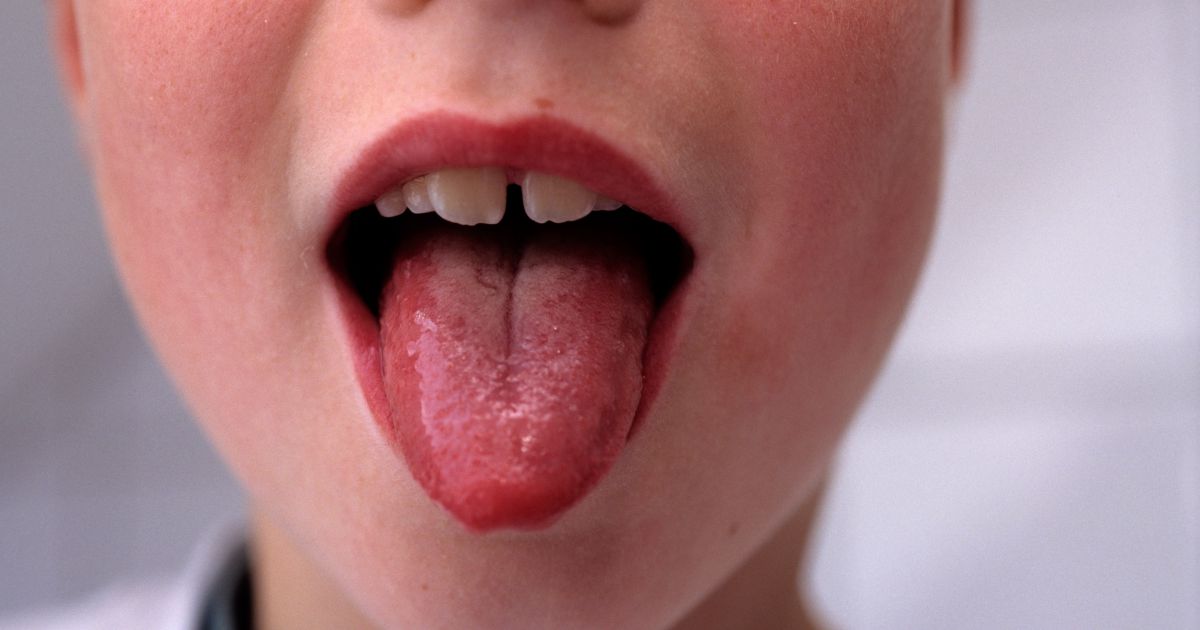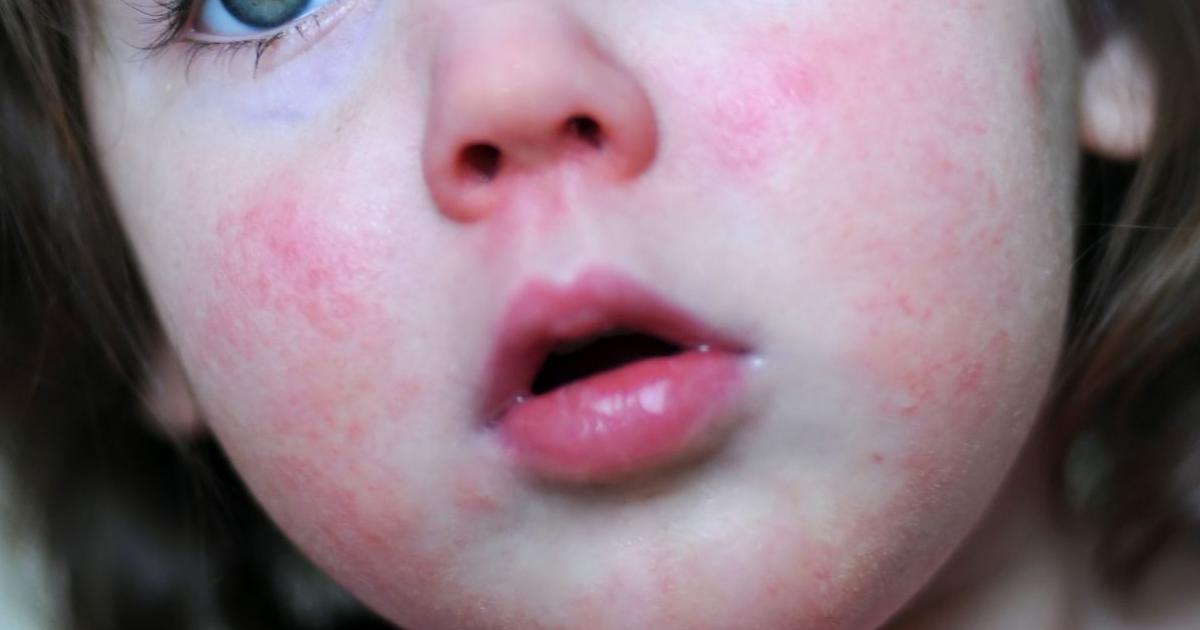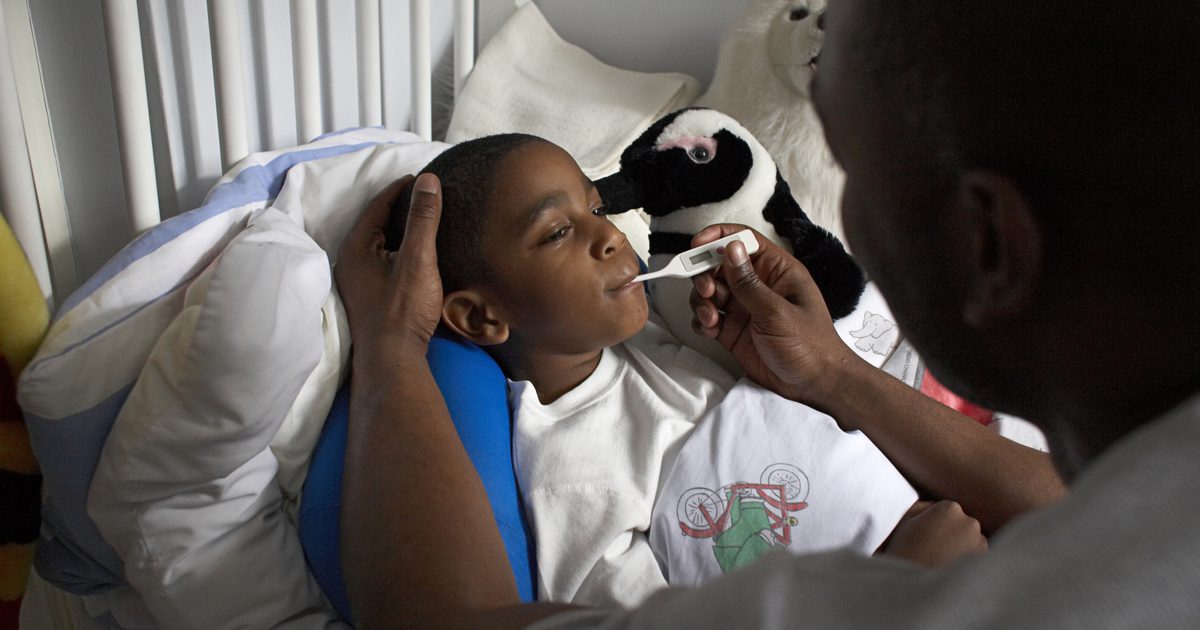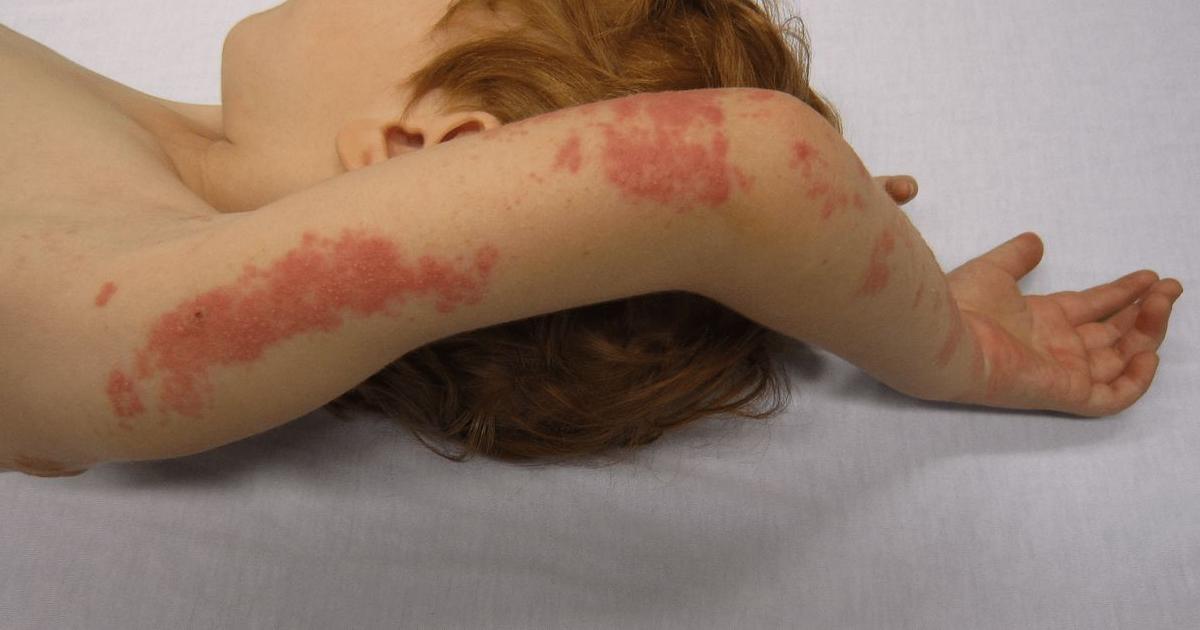How To Spot Scarlet Fever
Scarlet fever is a rare type of bacterial infection that may develop in some patients who have strep throat. While it was once considered a serious illness, the introduction of modern antibiotics has made scarlet fever a much more treatable condition. Scarlet fever occurs most often in patients between five and fifteen years old. The illness is contagious, and it is spread by contact with infected droplets; symptoms typically present within four days of exposure. To diagnose scarlet fever, doctors begin with a physical examination. During the exam, the physician will look at the mouth, tongue, tonsils, and throat, and they will also inspect any skin rashes. The lymph nodes in the neck may be felt to check for enlargement. Patients will have a throat swab to check for the bacteria that causes scarlet fever. If the test is positive, antibiotics are provided as the first line of treatment, and doctors typically begin with amoxicillin or penicillin. If left untreated, scarlet fever can cause heart, kidney, and lung damage. Other potential complications include ear infections, pneumonia, rheumatic fever, and abscesses of the tonsils.
Some of the most common symptoms associated with scarlet fever are outlined below.
Strawberry Tongue

In the early stages of scarlet fever, patients typically present with what is known as a strawberry tongue. This symptom is characterized by generalized redness of the tongue itself, and the tongue's texture may become bumpy. In addition, the tongue sometimes becomes covered with a thick white coating. On examination, patients with strawberry tongue may also display white and yellow patches on the tongue and throat. These can make chewing, eating, and drinking painful, and doctors recommend patients choose soothing, soft foods. For example, ice pops, warm broths and soups, tea, hot chocolate, and ice cream may all be easier for patients with strawberry tongue to consume. In addition, patients may wish to use lozenges or sprays with numbing agents to temporarily reduce pain. Strawberry tongue and related symptoms normally resolve quickly with antibiotic treatment.
Uncover more signs of scarlet fever now.
Facial Flushing

Patients with scarlet fever frequently exhibit facial flushing. The cheeks may appear very red, and there will often be a pale color around the lips. Parts of the face and neck may be sore to touch, particularly the lymph nodes in the neck. While there is no treatment for facial flushing, it should resolve with antibiotics for the underlying condition. Patients may find it soothing to apply damp washcloths to their face, and it can help to take over-the-counter pain relievers and fever reducers. In assessing patients with scarlet fever, doctors will note the severity of a patient's facial flushing, and patients may wish to monitor this symptom daily to see whether it improves or worsens. Patients who have a fever might experience more severe flushing. For most patients, facial flushing resolves within a week of treatment.
Continue to reveal more symptoms of scarlet fever now.
High Fever With Chills

Patients with scarlet fever will almost always experience a high fever with chills. Generally, the fever will be at least 101 degrees Fahrenheit, and patients who suspect they have a fever should check their temperature at least every couple of hours. If the patient's fever rises to 102 degrees Fahrenheit or above, a physician should be consulted. To reduce the fever, patients should take over-the-counter fever reducers, such as acetaminophen. Patients who have a fever should stay home from school or work until they have started antibiotics and have gone for a full twenty-four hours with no fever. To reduce the discomfort fever and chills can cause, patients should make sure they have lots of warm blankets, ice packs, and cool washcloths available. These can be placed on the body according to the patient's preference. In order to prevent dehydration, patients should try to continue to eat and drink while they have a fever.
Get more details on scarlet fever symptoms now.
Sore and Red Throat

Scarlet fever typically causes a very sore and red throat. Patients may have difficulty swallowing, and they might also experience nausea and vomiting. To reduce throat pain, doctors often suggest patients use a cool mist humidifier in the home to create moist air. Patients should also avoid smoking and exposure to secondhand smoke. Fumes from some types of cleaning products may irritate the throat, and these should not be used around patients with scarlet fever. Gargling with a saltwater solution may help alleviate soreness, and patients can use this solution three or four times a day. In addition, patients are advised to consume plenty of fluids; these will keep the mouth and throat moist, reducing dryness and preventing dehydration. Cold and hot drinks are equally effective for this purpose, and patients can choose which ones to consume based on how they are feeling. While the throat is sore, it may be beneficial to minimize talking in order to promote healing.
Learn more about the symptoms linked to scarlet fever now.
Red Rash

The red rash associated with scarlet fever normally looks similar to a sunburn. When pressure is applied to the rash, it becomes pale. In the early stages of scarlet fever, the rash first appears on the face and neck, eventually spreading to the torso, arms, and legs. Many patients describe the rash as feeling like sandpaper. Scarlet fever patients with this rash may also experience red lines on the body. These lines are most prevalent in the skin folds around the groin, armpits, elbows, and knees, and they are generally a darker red than the rash itself.
After the other symptoms of scarlet fever have resolved, the skin affected by the rash generally begins to peel. This is most common around the fingertips, toes, and groin, and the peeling may continue for several weeks. Some patients may find lotions or creams ease the discomfort associated with the rash and peeling skin, and a doctor or dermatologist should be consulted for any worrying symptoms. The rash generally resolves without scarring.